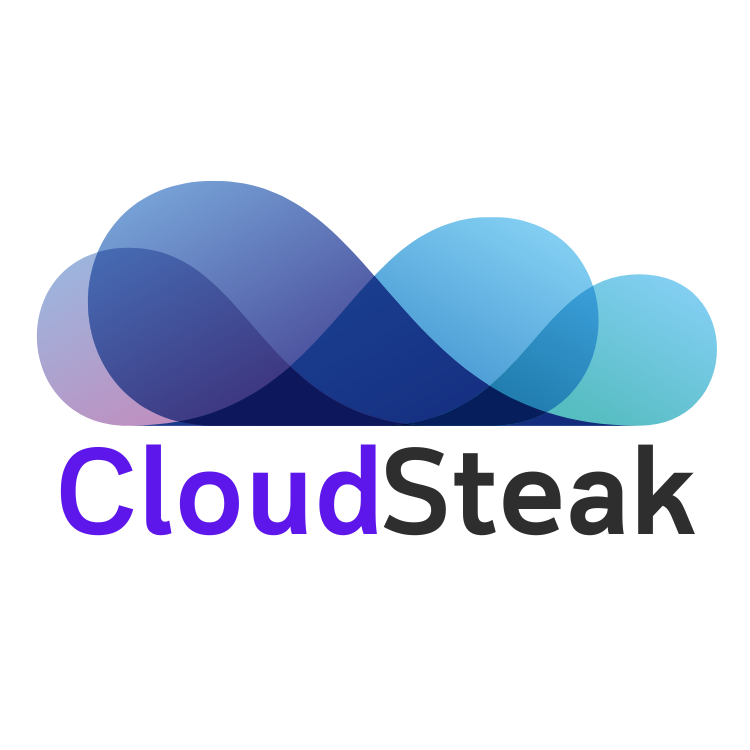Welcome to above the clouds

AWS – Amazon SNS now supports publishing batches of up to 10 messages in a single API request
Amazon Simple Notification Service (Amazon SNS) now supports message batching for the publish action, which let’s you publish up to 10 messages in a single batch request to either Standard Topics or FIFO Topics. Batching messages into a single API request is intended for those who want to reduce their costs associated with connecting decoupled […]

AWS – Amazon Polly Launches a new French Neural Text-to-Speech voice
Amazon Polly is a service that turns text into lifelike speech. Today, we are excited to announce the general availability of the Neural Text-to-Speech (NTTS) version of Léa, a French Polly voice. Now, Amazon Polly customers can enjoy Léa either as an NTTS or a Standard voice. With this launch, we now offer 23 NTTS voices […]

GCP – Resolving 3 financial services challenges with Neo4j Aura on Google Cloud
Over the last decade, financial service organizations have been adopting a cloud-first mindset. According to InformationWeek, lower costs and enhanced scalability were the biggest drivers for cloud adoption in financial services, and cloud-native applications allow access to the latest technology and talent, enabling adopters to rebuild transaction processing systems capable of supporting very high volumes […]

GCP – Foundations of a scalable website on GCP
Starting a website can be hard, we get it. There are many vendors you have to work with and steps to tie together. What DNS records do I need to add? How do I enable DNSSEC? Is my website secure and safe from cyber attacks? These types of questions plague millions of website operators globally. […]

AWS – Amazon Pinpoint now supports Safari push notifications
You can now use Amazon Pinpoint to send push notifications to your website users on their Mac desktop using Apple Push Notification service. Safari push notifications display your website icon and notification text that users can click to go to your website. This allows you to reach your end users right on their desktop to […]

AWS – AWS Control Tower now supports nested organizational units
We are excited to announce the support for AWS Organizations nested organizational units (OUs) in AWS Control Tower. An organization is an entity that you create to consolidate a collection of AWS accounts so that you can administer them as a single unit. Within each organization, you can create organizational units which help manage and […]

AWS – Amazon OpenSearch Service (successor to Amazon Elasticsearch Service) now offers – M6g – instances for Mumbai and San Francisco Regions
Amazon OpenSearch Service (successor to Amazon Elasticsearch Service) now offers AWS Graviton2 general purpose – M6g instance family. Customers can enjoy up to 38% improvement in indexing throughput, 50% reduction in indexing latency, and 30% improvement in query performance when compared to the corresponding x86-based instances from the current generation M5. Read More for the […]

AWS – AWS Application Migration Service is now available in the Africa (Cape Town), Europe (Milan), Europe (Paris), and Middle East (Bahrain) Regions
AWS Application Migration Service (AWS MGN) is now available in four additional AWS Regions: Africa (Cape Town), Europe (Milan), Europe (Paris), and Middle East (Bahrain). Read More for the details.

AWS – Amazon Rekognition Custom Labels now offers an enhanced experience to train computer vision models more easily
Amazon Rekognition Custom Labels is an automated machine learning (AutoML) service that allows you to build custom computer vision models to detect objects and scenes specific to your business needs without the need of in-depth machine learning expertise. Starting today, we have updated the Amazon Rekognition Custom Labels console to introduce step-by-step directions on how […]

GCP – Innovators Gather in Force at Google Cloud Government and Education Summit – No Need for FOMO with On-Demand Viewing
In early November more than 27,000 innovators gathered virtually for our second annual Google Cloud Government and Education Summit. Leaders from across the globe inspired and engaged us over two days with their stories of innovation, resilience, and persistence, even in the most challenging of times and circumstances. Speakers shared how they’ve embraced technology to […]
